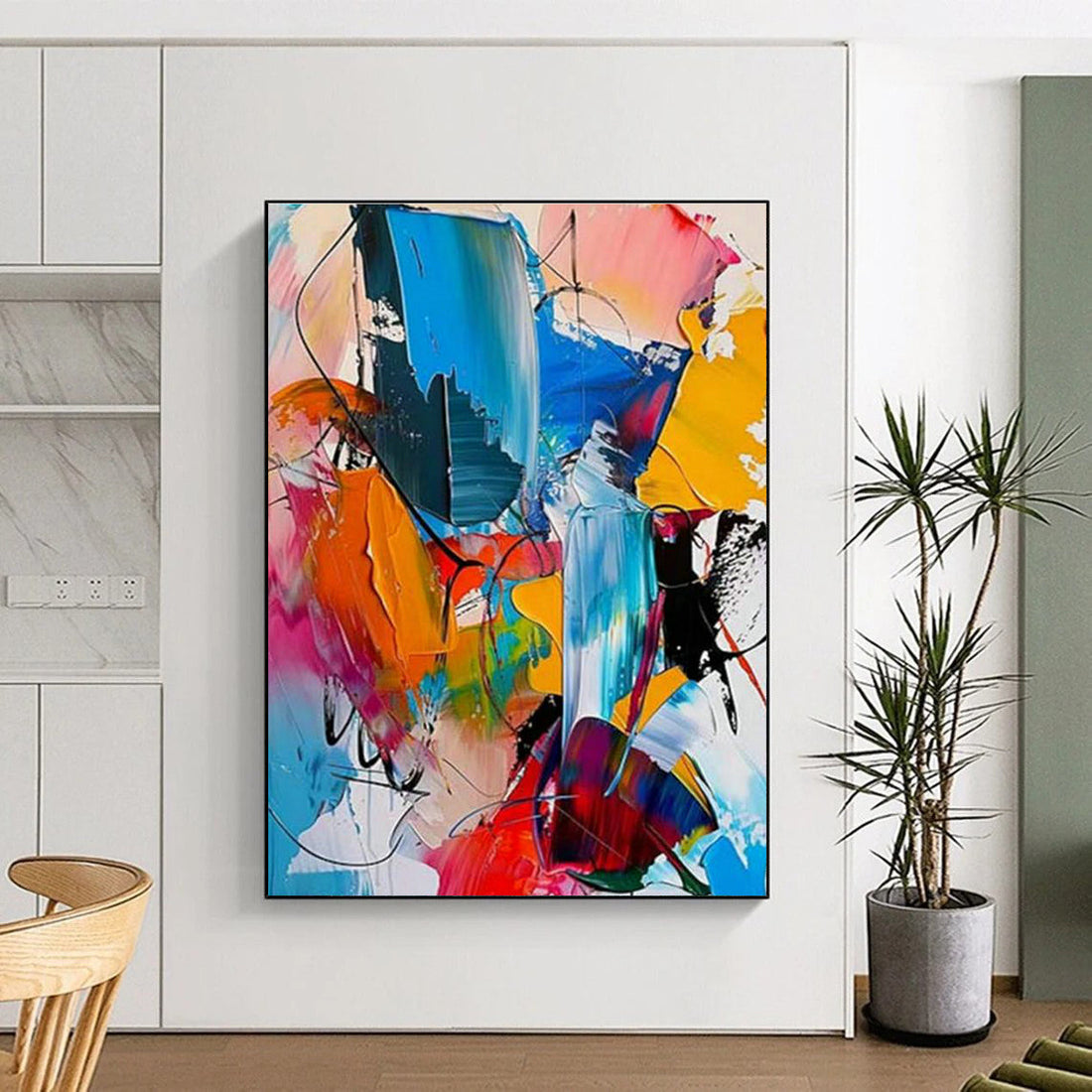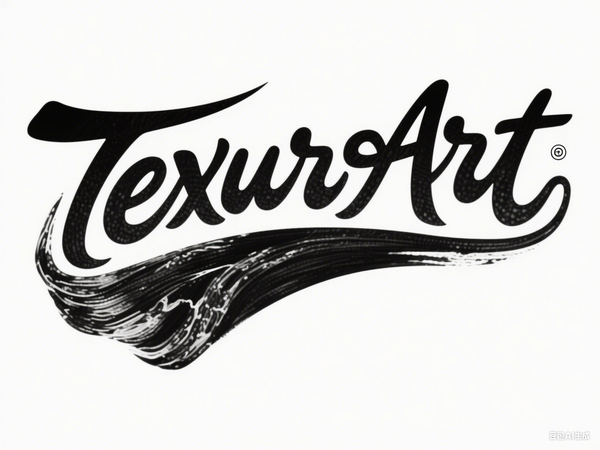
Into the Blue - The Enduring Mystique of Blue Abstract Painting
Share
Blue abstract painting has become more than a visual experience—it is a profound exploration of emotion, memory, and meaning. This genre bridges timeless concepts from art history with the ever-evolving quest for personal expression, making it one of the most compelling movements in contemporary art. The color blue, revered for centuries, becomes the artist’s voice, brush, and atmosphere all at once.
The Language of Blue: Symbolism and Presence
Blue is globally embedded in our collective consciousness as a symbol of peace, depth, and boundless possibility. In ancient civilizations, blue was treasured for its rarity, extracted painstakingly from minerals like lapis lazuli and reserved for the divine and majestic. Over centuries, blue has taken on new roles—a color of contemplation, melancholy, spiritual mediation, and even revolutionary energy. In abstract painting, these reverberations become more pronounced, allowing the viewer to interpret meaning through texture, space, and tone.
Artists gravitate to blue for its duality: soothing yet mysterious, grounded yet infinite. This allure enables blue abstract paintings to serve as both a focal point and a meditative backdrop in interiors and galleries, resonating with viewers across cultural boundaries.

Artistic Evolution: How Blue Shaped Abstract Art
The story of blue in abstract art is rooted in innovation. Early 20th-century visionaries began to break away from representational forms, and blue offered a vehicle for that journey:
-
Wassily Kandinsky used blue as a conduit for the “spiritual,” layering geometric forms and free-flowing lines with rich cobalt and cerulean, as seen in Composition X. Kandinsky considered blue the color of eternity and introspection.
-
Henri Matisse reinvented the use of color with his Blue Nudes, distilling emotion and form to the barest essentials.
-
Yves Klein's bold commitment to International Klein Blue (IKB) invited audiences to confront the meaning of color itself, transforming blue into a limitless void and a meditative portal.
-
Georgia O’Keeffe explored wide atmospheric blues in paintings like Sky Above Clouds, integrating the vastness of nature with abstraction.
Today, blue abstract painters draw from these legacies while adventuring into new territories—utilizing innovative materials and digital techniques, bringing blue’s evocative powers to life in ways never previously possible.
Blue in Contemporary Abstract Art
Modern blue abstract paintings defy limitation. Artists experiment with gradients, layering, and contrasting textures—sometimes achieving abrupt emotional impact, other times inviting the viewer into slow contemplation.
A curated showcase like the Blue Abstract Painting collection on Texturart exemplifies the diversity and creativity found within this motif. From dramatic blues that dominate living rooms to subtle, whisper-soft hues perfect for tranquil retreats, blue abstract painting offers endless avenues for both artists and viewers.
The popularity of blue in contemporary interiors is no coincidence. Art lovers and designers alike are drawn to blue’s reputation for promoting calm and clarity. Blue abstract works excel in both minimalist and maximalist settings—they soothe, inspire, and anchor space without overwhelming it.
The Science Behind Blue
Research into the psychology of color reveals that blue reduces stress and calms the nervous system. This makes blue abstract art a wise choice for homes, offices, and galleries seeking spaces that nurture reflection and well-being.
The evolution of blue pigments has also expanded the creative palette. From ultramarine to phthalo blue, today’s artists manipulate a wide range of hues and media, making blue as dynamic and expressive as the artist’s own imagination.
Blue in Digital and Mixed Media
Digital artists and mixed-media creators have expanded the boundaries even further. Blue becomes not just a pigment, but a digital experience—dynamic, interactive, and sometimes immersive. This gives every new generation of artists an open invitation to redefine what blue abstract painting can be.
Collecting and Living with Blue Abstract Art
Blue abstract painting suits collectors who seek both sophistication and emotional resonance. A few key reasons for its enduring appeal:
-
Versatility: Seamlessly blends with decor styles from industrial to Scandinavian.
-
Emotional Range: Evokes calm, reflection, or even exhilarating energy depending on composition.
-
Timelessness: Transcends trends while continually inspiring innovation.
If you are considering collecting, curated galleries such as the Blue Abstract Painting collection on Texturart offer expertly selected pieces from emerging and established talents.
A Journey from Pigment to Metaphor
Trace blue’s journey from a costly ancient pigment to the vivid center of contemporary abstraction, as explored in the history of blue pigments. Each painting, regardless of medium, partakes in a mythic lineage of symbol and substance.
Frequently Asked Questions (FAQ)
What makes blue abstract painting distinct from other genres?
Blue abstract painting centers blue as the protagonist, using abstraction to express mood, movement, and inner states—liberating both artist and viewer from literal interpretation.
Can any shade of blue work in abstract painting?
Absolutely. The full spectrum—from midnight indigo to luminous turquoise—offers diverse expressive possibilities and is chosen based on the artist’s intent.
Why does blue abstract art appeal to so many people?
Blue’s universal associations with peace, mystery, and infinity—coupled with its psychological effects—allow blue abstract paintings to resonate across cultures and generations.
Where can I discover quality blue abstract artworks?
A thoughtfully curated collection like the Blue Abstract Painting collection on Texturart offers numerous options for collectors and enthusiasts.
How should I display blue abstract paintings at home or work?
Blue abstract art adapts effortlessly to many spaces. It shines as a statement piece or as part of a harmonious gallery wall, especially when paired with neutral tones or metallic accents.
Blue abstract painting is an evolving language—one that continues to capture the imagination of artists and viewers alike. Each new interpretation is not simply a visual encounter, but an invitation to voyage deeper into the infinite possibilities of art and emotion.
